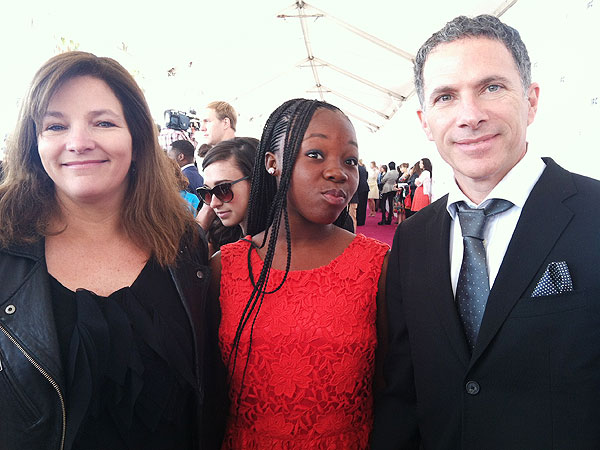ALMATY, Kazakhstan — Talks between Iran and six world powers over its nuclear program resume here on Tuesday after a break of eight months, but there is a general atmosphere of gloom about their prospects for success, even if narrowly defined.
Since talks in Moscow last June, Iran has continued to increase its stockpile of uranium enriched to 20 percent purity, has begun to install a new generation of centrifuges and has not yet completed an agreement on inspection of suspect military sites with the International Atomic Energy Agency, a deal originally advertised as all but done last May.
With presidential elections in Iran scheduled for June, senior Western diplomats involved with these talks expressed skepticism that Tehran’s chief negotiator, Saeed Jalili, would be willing to make compromises that could be portrayed as weakness at home.
Mr. Jalili is the personal representative of Iran’s supreme leader, Ayatollah Ali Khamenei, considered the dominant voice on the nuclear issue. Ayatollah Khamenei has recently expressed continued mistrust of the United States and its intentions, saying that he would not allow the kind of bilateral talks between Washington and Tehran that most analysts think would be crucial to any resolution.
At the same time, Iran has taken some of its stockpile of 20 percent enriched uranium and converted it into reactor fuel, which cannot easily be turned back. The conversion means that Iran now has less of the uranium needed to make a bomb, reducing the sense of urgency among the six powers, and Israel, that its nuclear program needs to be slowed.
But the total Iranian stockpile of 20 percent enriched uranium has nonetheless grown since November to 167 kilograms from 135 kilograms, according to the most recent I.A.E.A. report — closer to, if still significantly below, the 240 kilograms or 250 kilograms many experts consider necessary, once enriched further, to produce a nuclear weapon.
Iran denies that its nuclear program has any military aim. The six world powers, the so-called P5-plus-1 group, which are the five permanent members of the United Nations Security Council — Britain, China, France, Russia and the United States — and Germany, want Iran to obey Security Council resolutions ordering it to suspend enrichment and open itself up fully to I.A.E.A. inspectors, to ensure that there is no effort to build a nuclear weapon.
To press Iran to comply, the Security Council, the United States and the European Union have created an increasingly painful set of economic sanctions on Iran, as part of a dual-track strategy — negotiations and sanctions. Iran has for its part insisted that as a precondition for serious negotiations, the world should lift all the sanctions and recognize Iran’s “right to enrich,” which Iran asserts it has as a signatory to the Nuclear Nonproliferation Treaty.
The negotiations have been tedious, with Iran appearing to be playing for time, diplomats say. The six powers had asked for a resumption of these talks as early as December, but Iran rejected dates and sites before finally suggesting and agreeing upon Almaty. The choice pleased Western diplomats for its symbolic value, since Kazakhstan, when it became independent of the Soviet Union, freely relinquished the nuclear weapons it had inherited from Moscow. American officials are holding up Kazakhstan, one of the world’s largest producers of uranium and a maker of nuclear fuel, as an example to Iran of the benefits of peaceful nuclear energy and compliance with the I.A.E.A.
President Nursultan Nazarbayev of Kazakhstan appealed to Tehran in a New York Times Op-Ed article in March 2012 to abandon what he suggested was its pursuit of nuclear power status. “Kazakhstan’s experience shows that nations can reap huge benefits from turning their backs on nuclear weapons,” he wrote.
While expectations are low, the six hope to leave here with some momentum and signs of Iranian willingness to engage in what all have agreed should be a reciprocal and step-by-step process of lifting sanctions in return for Iranian actions to comply.
“Iran needs to understand that there is an urgent need to make concrete and tangible progress” in these talks, said Michael Mann, the spokesman for Catherine Ashton, the European Union’s foreign policy chief and chairwoman of the P5-plus-1 group.
Mr. Mann said that the six powers have together “prepared a good and updated offer for the talks which we believe is balanced and a fair basis for constructive talks” and that is “also responsive to Iranian ideas.”












